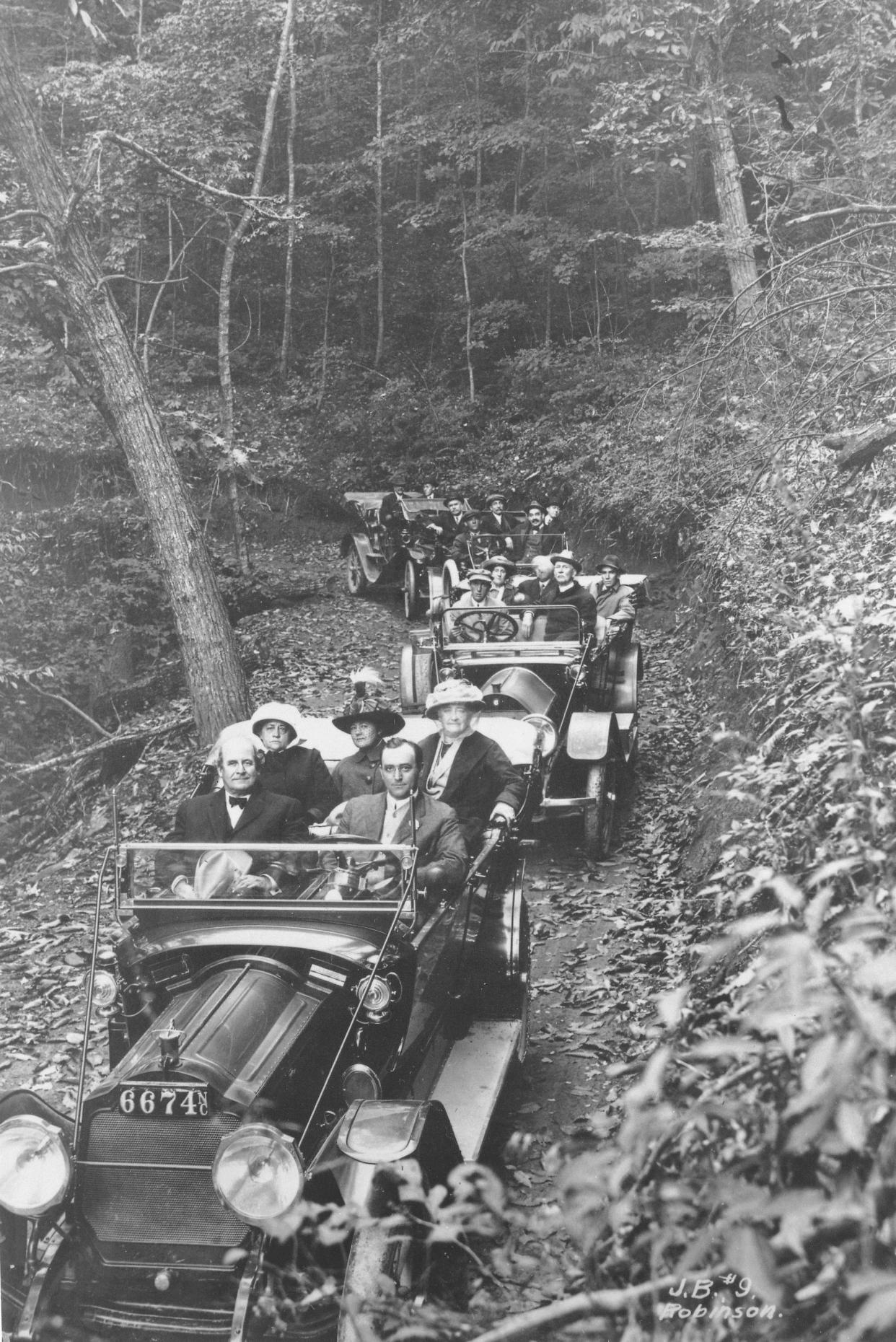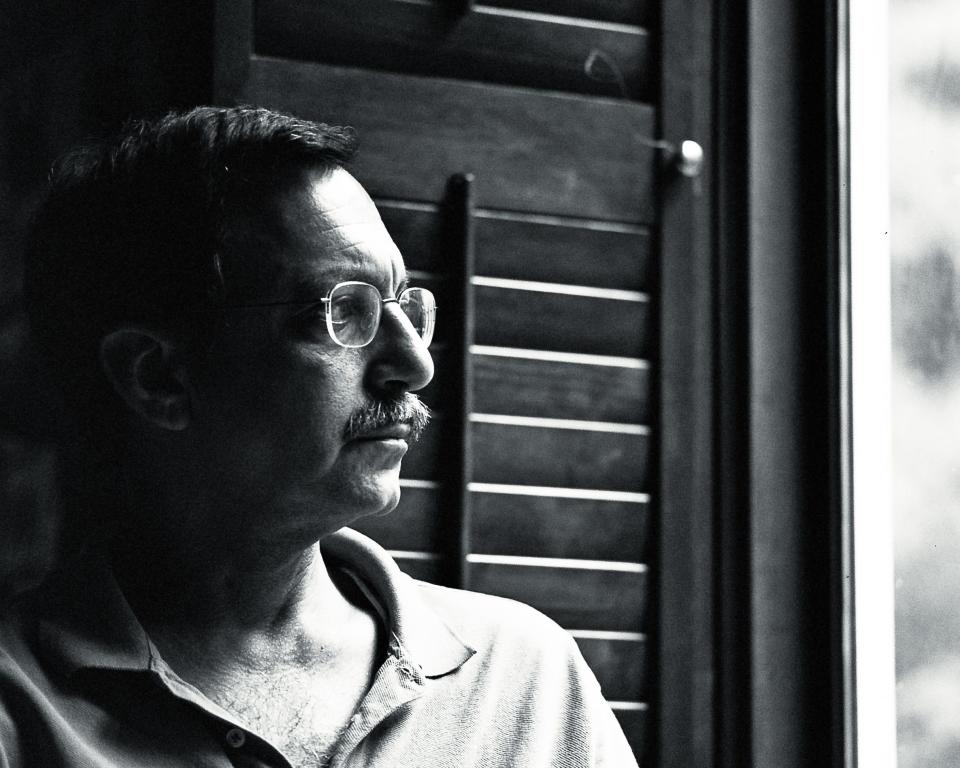Visiting Our Past: Local historians unearth finds at Grove Park Inn, Riceville

Who designed the Grove Park Inn?
Bruce Johnson, bringer-to-life of the Grove Park Inn era in Asheville, has found a new clue to a long-sought mystery.
He revealed this while preparing for the 25th annual Arts & Crafts Conference, what The New York Times has called "the most important weekend of the year for Arts & Crafts collectors."
Asheville became a mecca for the turn-of-the-century design that stressed utility as much as beauty, thanks in part to Fred Seely's purchase, in 1913, of furnishings from White Furniture Co. of Mebane, N.C., and fixtures from the Roycroft Copper Shop in New York for the Grove Park Inn, the conference site.
Seely ran the hotel for his father-in-law, developer Edwin Wiley Grove. Johnson is so much into Seely's life that he fantasized a murder mystery starring him. "An Unexpected Guest" puts Seely on the scene when a young socialite who falls from a balcony becomes the legendary ghost, "the pink lady."
"Fred Seely proclaimed that the Grove Park Inn had been built without an architect," Johnson notes. As a result, subsequent histories state that he "proceeded to design without an architect and to build without a contractor a structure which became known as 'the finest resort hotel in the world.'
"Knowing full well Fred Seely's qualifications and experience," Johnson said, "I wrestled with this statement for years, but it was not until the actual blueprints for the GPI came to Pack Memorial Library recently that we were able to confirm the name of the architect from Atlanta who, using Fred Seely's sketch, created the blueprints."
G.W. McKibbens was the one who articulated the specs for Seely's lodge-made-large.
Seely had lived in Atlanta for several years and, with Grove's backing, founded the newspaper, the Atlanta Georgian. He drew from that community to hire his inn's building contractor, Oscar Mills.
Who killed John Craig?
Anne E. Chesky, of Riceville, has produced one of the better "Images of America" volumes, titled "Riceville."
Arcadia, the publisher of the series, is great with design and production but pretty much hands-off on content. However, more and more locals with substantial scholarship behind them (Chesky has a master's degree from Appalachian State University) are writing about their communities, and some are being engaged by Arcadia to crib their texts and load up on photos.
Chesky's photo selection includes mostly portraits and landscapes. An ample number are foreground shots with good dynamics. They tell stories.
One photo depicts the children of George Weldon Reed staging a make-believe engagement party. Rheta Elevenia, dressed as a gentleman, gives a ring to Loys as two siblings spy on them from shrubs separating their house from a bower.
Rheta and three other Reed girls, Chesky notes in a caption, "all came down with tuberculosis." The family moved to a mountain cabin for the afflicted children's health around 1910.
"Still," Chesky adds, "all of them died between 1919 and 1925."
In her introduction, Chesky takes the time to tell the story of a never-solved, long-ago crime.
In 1808, at Craigsville Farm on Bull Creek, John Craig, Buncombe County treasurer, went to investigate what his dogs were barking at and was shot in the ribs by a bullet fired from a thicket. His dying words implicated Henry West, a neighbor.
So did footprints — one shallow, one deep — which detectives linked to West, who had a lame leg due to a shark attack off the coast of Charleston, S.C.
West was up on the scaffold, when James Patton and his sister Jane, political opponents of Craig, Chesky states, delayed the execution with exculpatory evidence. West owned no rifle and was engaged to Craig's daughter. Plus, Craig was involved in a feud with another man, Thomas Rogers.
In the meantime, Craig got Philip Creasman, "the burying man," to accept a tract of land in exchange for "a proper burial."
"Just as the hangman was ready to throw the trap," Chesky writes, "a horseman galloped over the hill with West's pardon from the governor."

Rob Neufeld wrote the weekly historical column "Visiting Our Past" for the Citizen Times until his death in 2019. This column originally was published Feb. 13, 2012.
This article originally appeared on Asheville Citizen Times: Visiting Our Past: Historians dig into Grove Park Inn, Riceville

